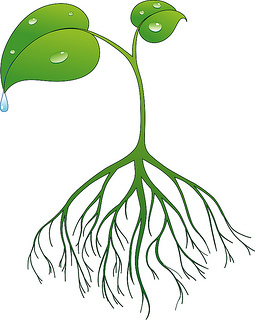Derby Day!
Readers pay attention to NEW words! The Derby is a fun and new way to apply strategies for learning NEW vocabulary. Because it is a topic most students know very little about, it is my favorite for teaching students how to tackle unknown words and then add them to our knowledge banks!
Good readers...
May know how to read a word, but may not know what it means!
Notice words they don't know!
Stop and think about words they don't know!
Skip the word and read the other words around it to help figure it out!
Make a good guess based on pictures and other words!
Reader's Theater!
Students worked in groups to apply learned reading fluency strategies by performing special fairy tale plays!
Good readers...
Bring characters to life!
Reread to learn more about characters!
Reread to sound like the character!
Notice when feelings change and change your voice!
Use clues in the book to think about HOW to read - punctuation, italics, bold words, dialogue and pictures!
Scientist study PLANTS!







Feel free to watch the videos on Brainpop about PLANTS this week and next for homework!
Conversations for the dinner table...
Although each plant and animal has characteristics which are unique, it is also true that there are many characteristics which apply to practically all plants or animals. Most plants have the common features such as roots, stems, and leaves, and most animals have the usual features such as head, eyes, ears, feet, and limbs. It is how these common parts are designed, along with the unique characteristics of each plant and animal, which determine how well a plant or animal will survive in the environment into which it is placed.
Plants may be grouped into many different categories. The most common classes are herbaceous - plants with soft, green stems - and woody, plants with stems of fibrous wood. Most flowers, vegetables, and houseplants have soft, green stems; while most trees have stems of wood (trunks). Animals can be arranged into many different groups, such as animals with fins, fur, wings, scales, or claws. By observing the external characteristics of a plant or an animal, we can determine the best environment for that organism. In many environments which may be considered less than ideal, we can observe how plants and animals have developed special characteristics to allow them to survive.

Each of the parts of a plant has a special characteristic and performs a task to insure the welfare of the plant. The roots help provide support by anchoring the plant and absorbing water and nutrients from the surrounding soil for growth. Stems, or trunks in woody plants, carry water and nutrients from the roots up to the leaves and sugar made in the leaves down to the roots. Stems also provide support for the plant allowing the leaves to reach sunlight. Leaves are the food producing factories. Through the process of photosynthesis, carbon dioxide in the air along with water in the leaves and light energy are changed to sugar, or energy for the plant.
Each part of a plant or animal is an important contributor to the success and well being of the organism. A plant or animal that is missing one of its important parts will not have a very good chance for survival. A hawk that can’t fly, a duck that can’t swim, or a cheetah that cannot run will not be able to survive in a harsh environment. Every part of an organism is necessary for life.
-Stemscopes
Love,
Mrs. L